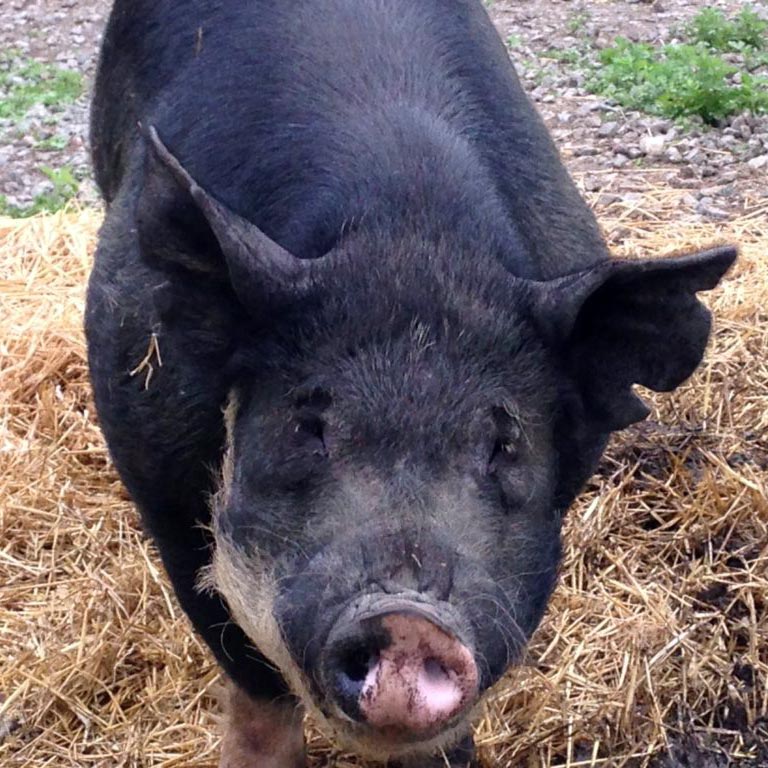How to Evaluate Business Investments

Over the last few months, I’ve been working with a farmer on her business plan for building out an on-farm processing facility. She wants to take her heritage breed pigs and create custom, value-added charcuterie. It’s a big investment of time and money; and there’s a lot of uncertainty. As we wrapped up our work, the farmer asked me, “Do you think this will work?”
It’s a common question. My client recognized that she’s emotionally invested in the project and may not be able to evaluate the opportunity objectively. She wanted hard, numbers-based evidence that this was a good or bad idea.
The basic question is this: will this investment generate enough profits (not revenue) to pay off the debt service and put the business in a better position than if no investment were made.
We laid out the numbers and they looked something* like this…
| With Investment | Without Investment | |
| Revenue | $200,000 | $120,000 |
| Expenses** | $160,000 | $100,000 |
| Net Income | $40,000 | $20,000 |
| Debt Service | $24,000 | |
| Net Cash Flow | $16,000 | $20,000 |
* Actually, they looked nothing like this, but these numbers are good for the sake of discussion.
** includes owner’s salary.
While the numbers here are simple, the decision-making process is not. Here are some considerations.
Evaluating Revenue
With the increased revenue, comes increased effort. In this example, it’s a 67% increase in sales. How much more will you need to work to achieve that increase. Is it worth the effort? Do you want to work that much harder?
Investment Payback
Certainly, if the farmer could achieve the increase in profits without needing a loan, it’s an easier decision. It’s not a matter of whether the numbers make sense, it’s a question of whether you think you can hit your goals.
But when you borrow money, you need to factor that into the decision-making process. If the loan was for 3 years, then when the loan is paid back, the farmer would be making significantly more profits. The payback period is relatively short.
If the loan terms are for 7 years, the considerations change… Businesses are dynamic, and you’ll constantly be reinvesting in your business, whether it’s replacing old equipment or making further improvements. If you’re still paying back the first loan when you make further improvements, you may never get past the investment pay-back period.
Gut Check
Creating financial projections is not as cut and dry as one might think. We make hundreds of assumptions along the way… we will increase our overall utilization from 60% to 75%; we will increase our hang weight from 250 pounds to 275. We will reduce our staffing at the farmers markets but increase staffing in the processing facility. All these assumptions add up to a narrative of how you think the business will operate after the investment. And you need to ask yourself: Do I feel good about these numbers?
Sensitivity Analysis
If you’re seconding guessing your “gut” (and who doesn’t), it can help to do a sensitivity analysis. In other words, how sensitive are your numbers? If you increase your hang weight to 260 pounds instead of 275; if your utilization increases just to 65% instead of 75%… what happens to your financial projections?
Does the investment still make sense?
Bottom Line
Investing in your business is not a cut and dry decision; even with “cold, hard facts;” because there are too many variables. You need to consider the opportunity from several angles and recognize the biases you bring to the decision-making process. In other words, you need to Know when to hold ’em; know when to fold ’em.
